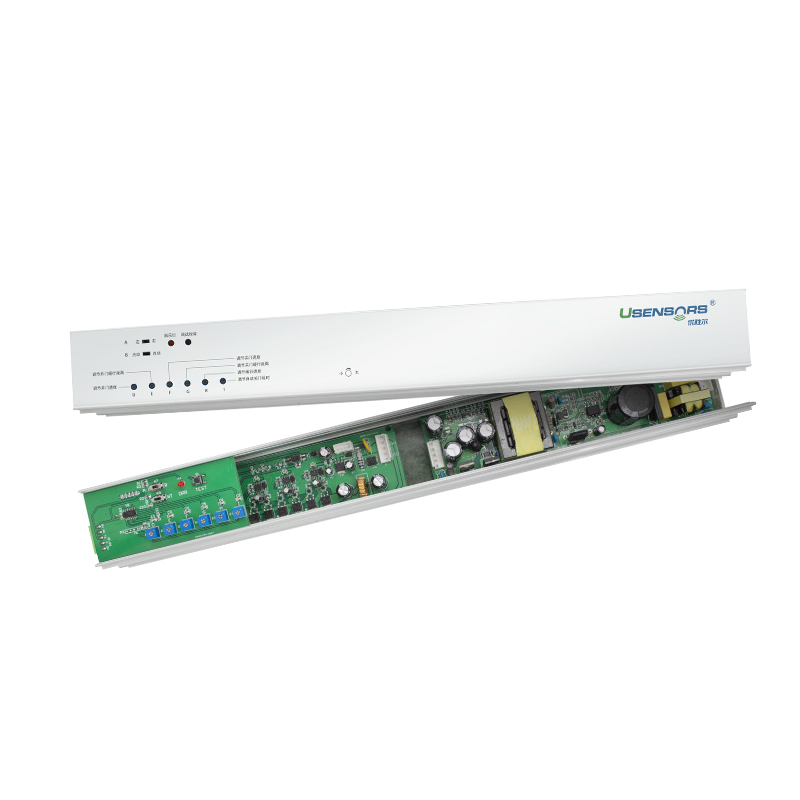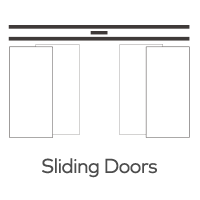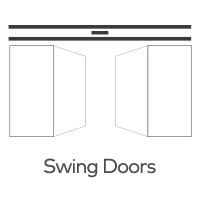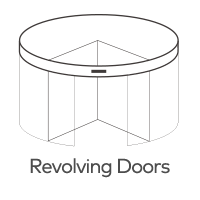What is a door controller, and what is its function?
In today's modern world, security and access control are paramount, whether it's for residential buildings, commercial offices, or industrial facilities. A door controller plays a crucial role in managing and securing access to different areas within a building. But what exactly is a door controller, and how does it function? In this article, we will delve into the concept of a door controller and explore its essential functions.

What is a Door Controller?
A door controller, also known as an access control door controller or access controller, is an electronic device used to manage and regulate access to specific entry points, such as doors or gates, within a building or premises. It is a fundamental component of an access control system, which aims to enhance security, monitor entry and exit points, and prevent unauthorized access.
How Does a Door Controller Function?
The primary function of a door controller is to govern access to secured areas by verifying the credentials of individuals seeking entry. Let's take a closer look at the step-by-step process of how a door controller functions:
1. Credential Verification: The process begins when an individual approaches a controlled entry point, such as a door, and presents their access credentials. These credentials can take various forms, including RFID key cards, PIN codes, biometric data (fingerprint or retina scan), or even mobile-based virtual credentials.
2. Data Processing: The door controller's embedded processing unit receives the presented credentials and cross-references them with the stored access control database. This database contains a list of authorized users and their corresponding access permissions.
3. Authentication: Based on the credential verification, the door controller authenticates whether the presented credentials match an authorized entry. If the credentials are valid and the user is granted access, the door controller proceeds to the next step.
4. Access Granting: Upon successful authentication, the door controller sends a signal to release the lock mechanism of the door, allowing it to open. The user is now permitted to enter the secured area.
5. Monitoring and Logging: The door controller may also keep a record of access events, including timestamps and user details. This information is valuable for security monitoring, auditing, and investigating incidents.
6. Alarm and Notification Management: In certain scenarios, such as an attempted unauthorized entry or a door being held open for an extended period, the door controller may trigger alarms and send notifications to security personnel.
7. Centralized Management: In a networked access control system, multiple door controllers can be connected to a centralized management system. This allows administrators to remotely monitor and manage access control across various entry points from a single location.
Benefits of Door Controllers:
The implementation of door controllers in access control systems offers several significant benefits, including:
1. Enhanced Security: Door controllers prevent unauthorized access, providing a higher level of security for the building and its occupants.
2. Access Flexibility: Access permissions can be easily modified or revoked, providing flexibility in managing different user privileges.
3. Audit Trail: Door controllers create an audit trail of access events, aiding in investigations and ensuring accountability.
4. Scalability: Door controllers can be integrated with other security systems, making them scalable for various types and sizes of buildings.
5. Remote Management: In networked systems, door controllers can be managed remotely, streamlining administrative tasks.
Conclusion:
A door controller is a vital component in access control systems, serving as the gatekeeper to secured areas within buildings. Its function involves credential verification, authentication, access granting, monitoring, and centralized management. By deploying door controllers, organizations can significantly improve their security measures, restrict unauthorized access, and ensure a safe and controlled environment for their employees and assets.







